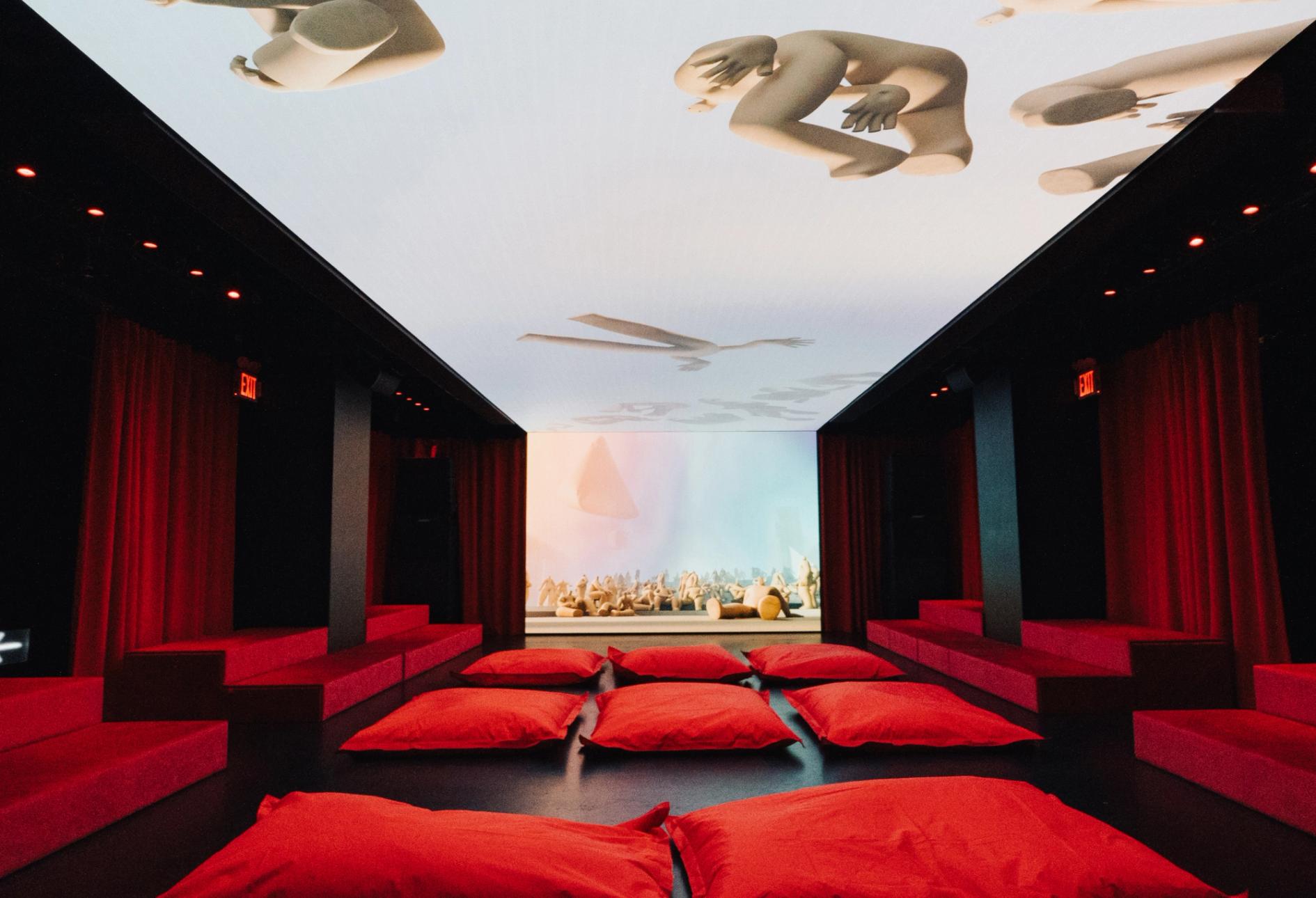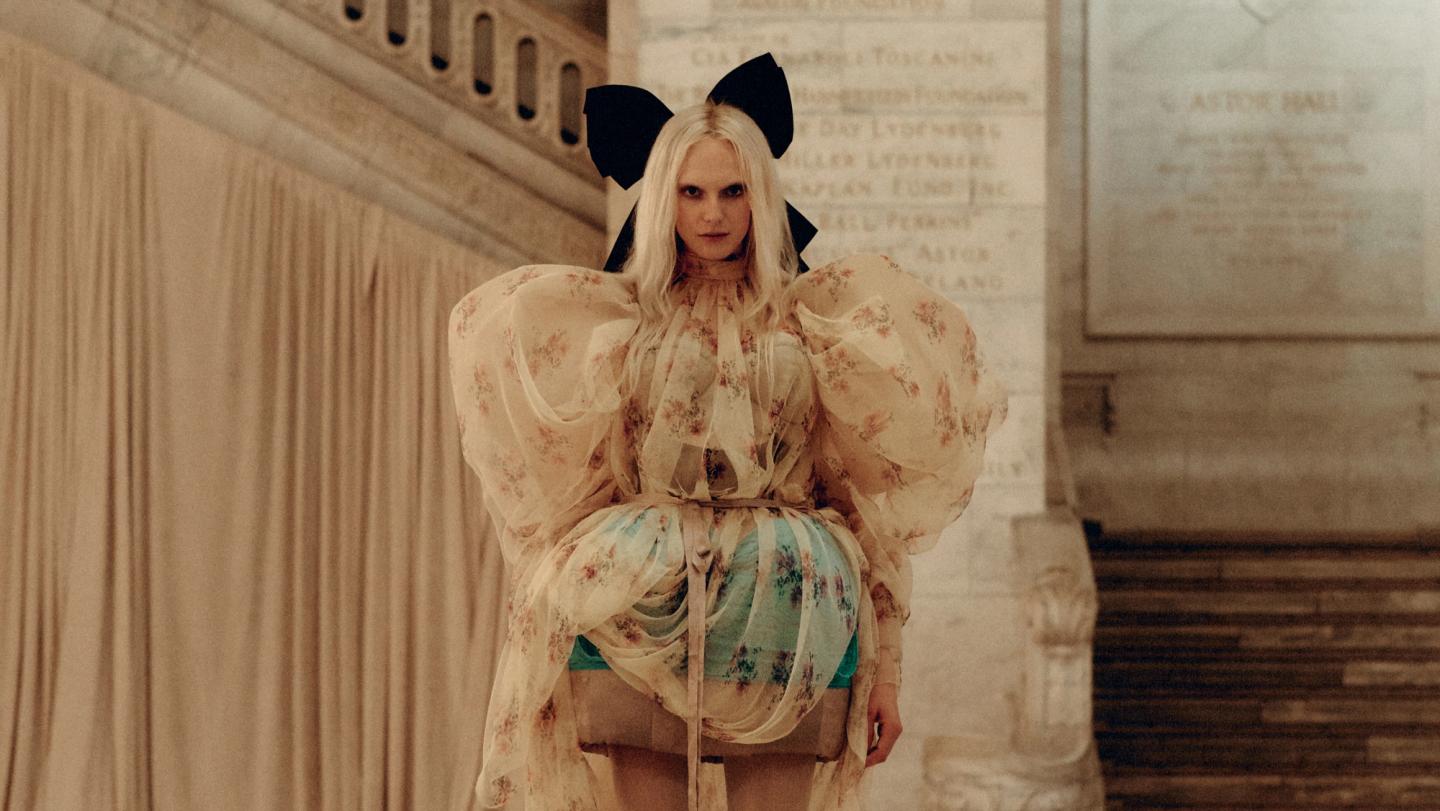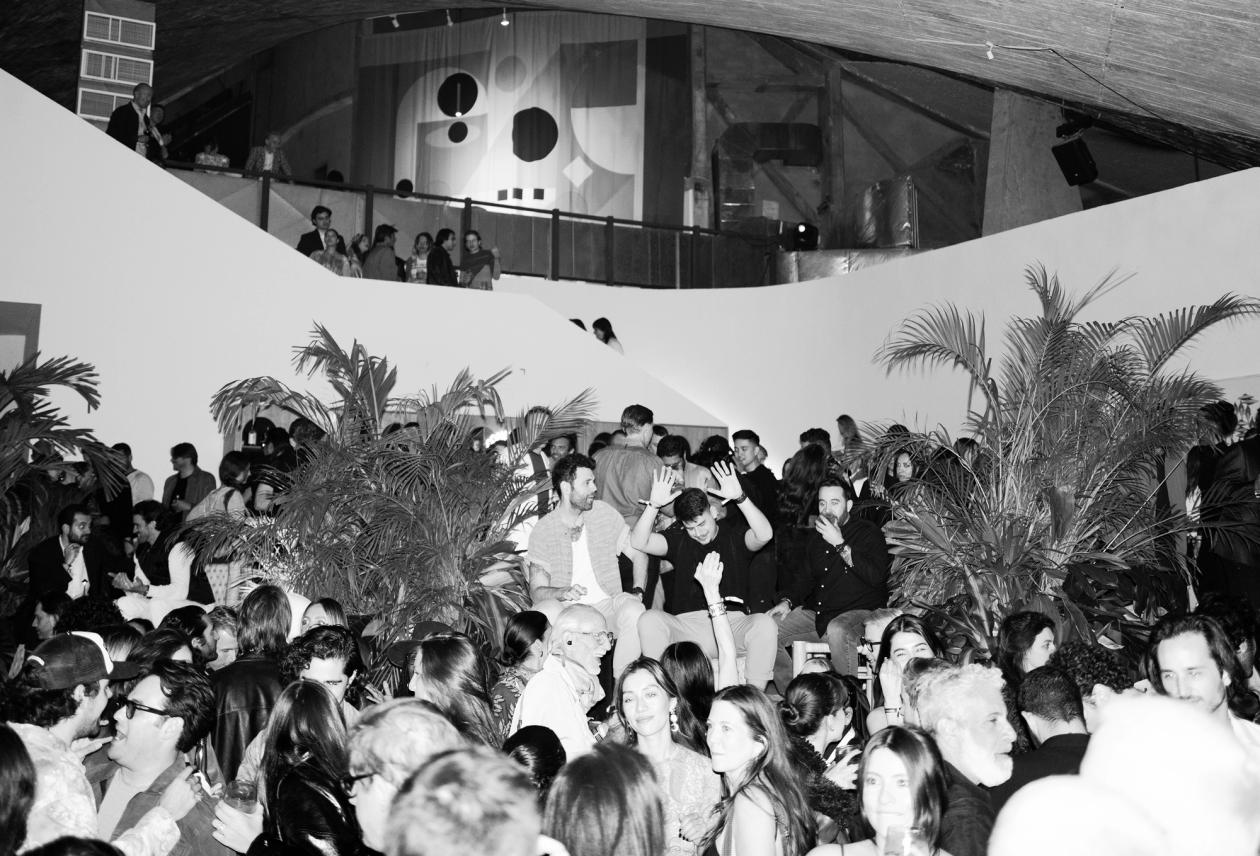ParaProfessionals
Social media is deeply woven into the fabric of our daily lives and the information we consume. Today, the division between worlds of marketing and content production are slowly collapsing, giving rise to a new kind of influencer infotainment that promises to help you decode how brands work. In this essay, we dissect the rise of self designated experts, trend forecasters and brand gurus, decoding their integral role in marketing for the new media landscape.
Matte OpEd
Culture
Art
Fashion
Date
9/4/2023
Text
MATTE PROJECTS
Mad Men was a great television show because it gave viewers a glimpse into the opaque world of advertising during its heyday. It allowed viewers to partake in the gamified process of winning minds and guiding people into buying products – to feel like they were in the room while these ideas were taking shape. This tactical and creative way of interacting with people and commerce felt like a game for elites - like a specialized and secretive industry filled with powerful people, wealth and high stakes decision making. Still, for decades advertising remained a siloed industry. It was separate from the truest creatives, divided culturally from poetry, music and fine art. There were compelling exceptions - Dali designing logos for lollipops, Warhol's legacy as an illustrator - but still people preferred to think of cultural production as a sexier practice, something that was largely untainted by the cynicism of “making money”.
The advent of social media was transformative for brands for a number of reasons. It allowed them to collect data, to shift from demographic marketing into user-specific consumer profiles that could anticipate the wants and needs of individuals. It also allowed the work that people do in building brands to become sexy - to erode the divisions between elite and commercial cultural production in the eyes of the public. Today you're just as likely to follow a creative director as you are a fine artist as you are the brand that employs them both. In a way it's all laid bare. The same tools that allowed brands to mine their audiences for data equipped the public with the means to educate and explore how branding works. This interesting tension gave rise to a new demographic of creators we call, “Paraprofessionals.”
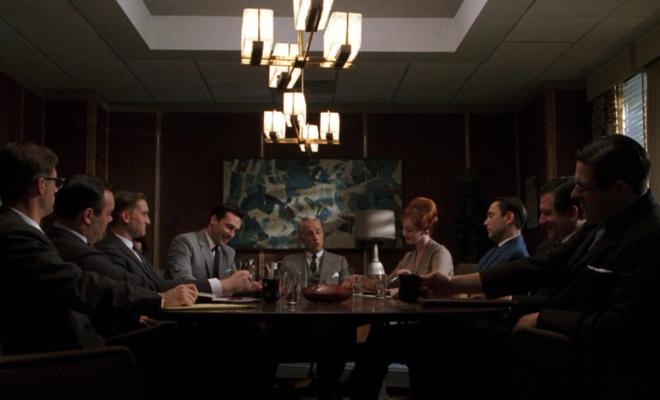
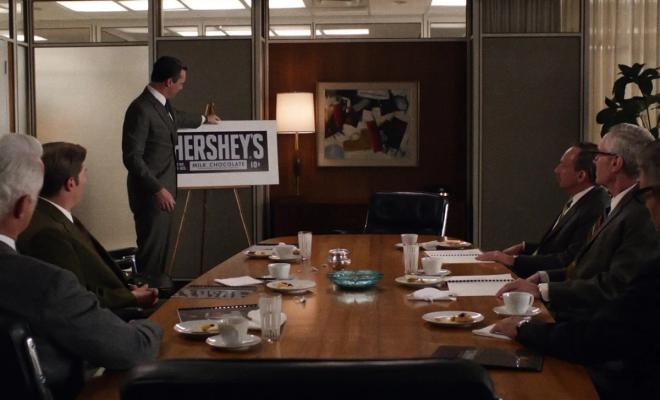
Paraprofessionals are people who become self designated experts on an industry that they don’t truly belong to – amateur trend forecasters, style experts and beauty gurus sharing tips and tricks with the masses online. Often, these content creators use their platform to document their own education in advertising and branding, showing how clothes are made, which trends are relevant and what insights they can observe through their own independent research. This content form has become incredibly popular over the last few years, and today a growing number of consumers seek out content that makes them feel like experts. As a result the meta dialogue around brand criticism has become a populist endeavor and Paraprofessionals are glorified as leaders who want to show you how it all really works.
Social media enables people to quickly and easily share their thoughts and opinions in an open forum. It also provided them with the tools and resources to decode how brands and cultural production work. This has led to an increased focus on consumer feedback and opinions, which has had a significant impact on how brands are presented and marketed. Companies are now more likely to focus on customer feedback and be in active dialogue with the public throughout their decision making. As a result, the increased “expertise” on social media around brands has been met with an increased seriousness with which these opinions are regarded. In short, people claiming to be experts now have a lot of the status and influence that real experts once had, but without any of the actual knowledge.
This kind of truther, whistleblower, alpha leak energy is all across every scam. The self help guru who wants to show you how to live but has no real credentials to his name. The corporate coach telling you to get a six pack but is also on trial for securities fraud. The crypto-pilled online academic who promises you wealth but seems to live in a shitty apartment. The Paraprofessional says, “trust me I know what I'm talking about, but don't ask me how or why” – a strategy that works perfectly on social media where you can talk to your audience but they can't really talk back. The unilateral “dialogue” of giving people insights and tips that come from an unverified source has produced an entire culture of amateur talking heads who promise to decode how things work and lead you to success.
The evolution of the Paraprofessional begins with social media algorithms. If you are a nail artist looking to go viral, you might check hashtags for popular ideas and concepts to imitate and piggyback on. Beauty and makeup trends are a clear example of how a single smokey eye tutorial can be iterated on infinitely in order to bring creators into the spotlight. Initially the model for social media was that trends could inspire content – the “heel concept” was a prompt for creativity and interpretation that led to unique images and ideas. But as trends became clear lanes for content production that people could exploit to hack viewer counts, many people’s attention shifted from using the trends to inspire content toward creating content about the trends themselves. In this way, social media personalities could elevate themselves above their fellow creators into a kind of meta status as an “expert” – I'm not making a video where I show my “quiet luxury look”, I'm making a video about the idea of “quiet luxury”.

Paraprofessionals are people who use their platform to create a new kind of infotainment that appears to give viewers access to the rhetoric and strategies that brands and marketers use. In reality, this content is just another memetic extension of people telegraphing their mimicked behavior as knowledge. Today, anyone can become an expert by speaking directly to an audience of novices through bite sized clips. Paraprofessionals use their understanding of content creation to produce videos, blog posts, articles, and other forms of media that push bottled trends like “quiet luxury” because it's just as easy as following the trend itself. Yet, unlike the other sheep online who follow the trend, this new class of content creators can claim to be above it and cash in on the status of influencing the public.
Paraprofessionals are well-versed in the art of content creation, but not in market analysis and trend forecasting. Today, trends themselves can go viral because on some level creators are just feeding ideas down the pipeline. Trend reports have long been commissioned by brands and produced by strategists for a small audience. Today those audiences daisy chain that information down the line into content that makes each recipient feel like they're more informed than the next. The idea that you understand what’s guiding and shaping a larger group of people's behavior can still make you feel superior to that group, and that feeling is what Paraprofessionals are truly selling.
In some sense, Paraprofessional content is empowering to the audience because it helps decode how value is constructed and makes people feel less manipulated by advertising, but in reality the popularity of mass trend forecasting is more like one group flexing on the next.
Paraprofessionals have changed the way companies market their products. Through their use of data and trend forecasting, they have enabled companies to tailor their messages and offerings to better meet the needs of their customers. Additionally, they have used their understanding of consumer psychology to create content that is both informative and entertaining. This has helped to create a more positive perception of the brand and its offerings, leading to increased customer engagement and loyalty, but never actually upsetting or challenging the trend.
In some cases Paraprofessionalism can result in the creation of a real career and be genuinely useful. Will Lasry runs an instagram account where he tours factories and tells you how and where designers get their clothes fabricated. He promises “no more gatekeeping” and trades specifically within the niche of breaking down barriers between new and established creators in fashion. On the whole this undertaking is net positive and does contain real useful insight.
In other cases, Paraprofessionalism creates excess rhetoric around simple ideas that obfuscates and commodifies them. For example, “quiet luxury” isn't actually a trend or identifiable aesthetic, but is more accurately a reaction to the end of a different trend. For a brief moment in fashion big logos and streetwear were immensely popular and people would extravagantly peacock in loud clothing, however these clothes (in the eyes of brands) were always marketed to people with less expendable income. The idea that middle class or even poor people should buy expensive things that they couldn't afford was sold through by making those items more obvious and powerful symbols of wealth among their peer group – the Gucci logo on this sweater tells all my friends that it was expensive. For a more established luxury consumer who understands how value is coded through materials, traditions, etc those signals were far less necessary – you could tell its expensive sweater even without the big G on the front. Instead of a simple rationale like, rich people know what expensive things look like because they are accustomed to them, you get a sexy commodified tagline like “quiet luxury” that allows brands to sell that same Gucci customer a new Loro Piana hat.


In this way, Paraprofessionals themselves are now a part of the advertising ecosystem. Rather than push specific products, they do the macro work of telling people where value is headed and what they should spend their money on more generally. You’ve spent the last five years on streetwear, spend the next five on “quiet luxury”. Paraprofessionals operate under the guise of decoding brands to the public, while in reality they reinforce commercial trends that push people toward consumption.
The bright side of this industry is actually for the creators. Unlike consumers who are bottle fed “trending” ideas, smaller brands and creators can now follow in the slipstream of larger brand’s tactics. If LVMH wants to push “quiet luxury” on the masses to shift them away from logomania and into material fetishism then maybe you should pivot your hoodie dropshipping business into an alpaca sweater company.
What's strangest about this phenomenon is that Paraprofessionals are selling their “insights'' to brands and consumers at the same time. They decode but also reinforce the commercial rhetoric that does actually shape trends by dictating what’s happening in this moment. Trend forecasting on social media allows content creators and influencers to talk about what’s popular and relevant in their respective niches, but if these insights were truly valuable they would help people prepare for what’s next rather than reinforce what's currently trending. Where Paraprofessionals promise to illuminate the future and guide people toward success they are actually just reinforcing the coding of the current moment.
While Paraprofessionals have had a significant impact on the way companies market and brand their products and services they have had little impact on shaping culture itself. Paraprofessionals glorify advertising and branding as creative work but partake in the lowest level, most memetic version of it. When people constantly see trends and fads on social media, it can create a sense of FOMO that drives people back into spending. This is because being out of sync with trends comes with an implicit cost. Individuals feel pressured to participate in or adopt these trends, whether or not they're even culturally impactful or personally relevant. Even if a trend doesn't genuinely align with their interests or values, Paraprofessionals promote consumerism and bloat short lived trends into conversation worthy cultural moments. While the goal might be to give people insight into what’s happening and provide a language to describe the current culture, Paraprofessionals effectively create stasis by training people to think in terms of eras and moments rather than a dynamic present where many different things are possible at once
Recent Articles
